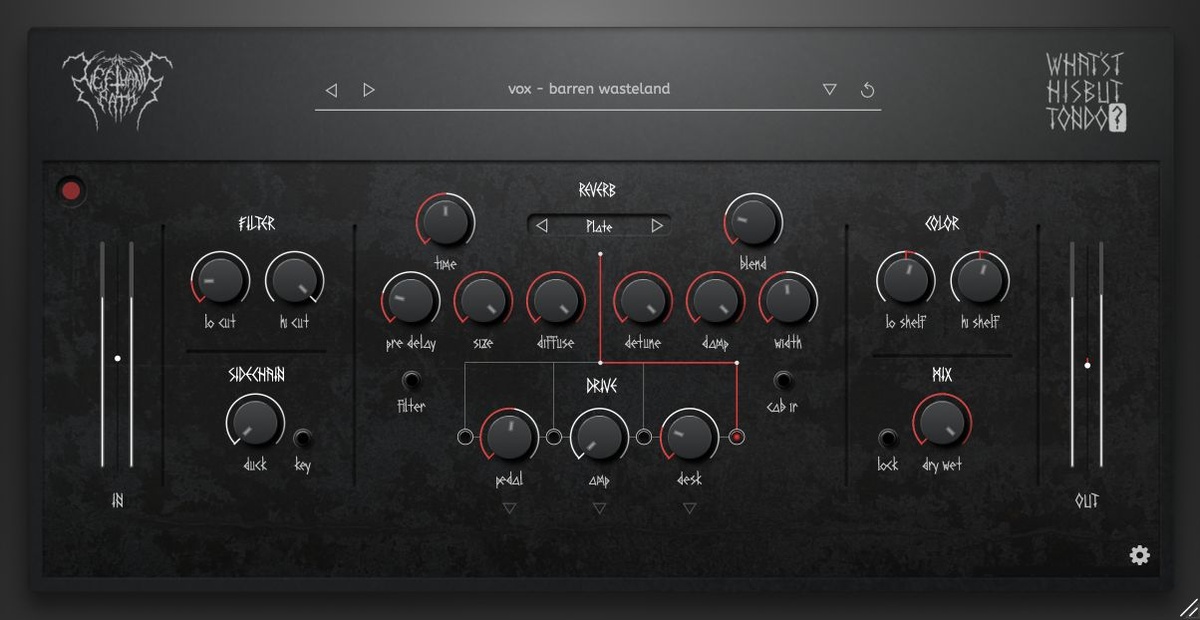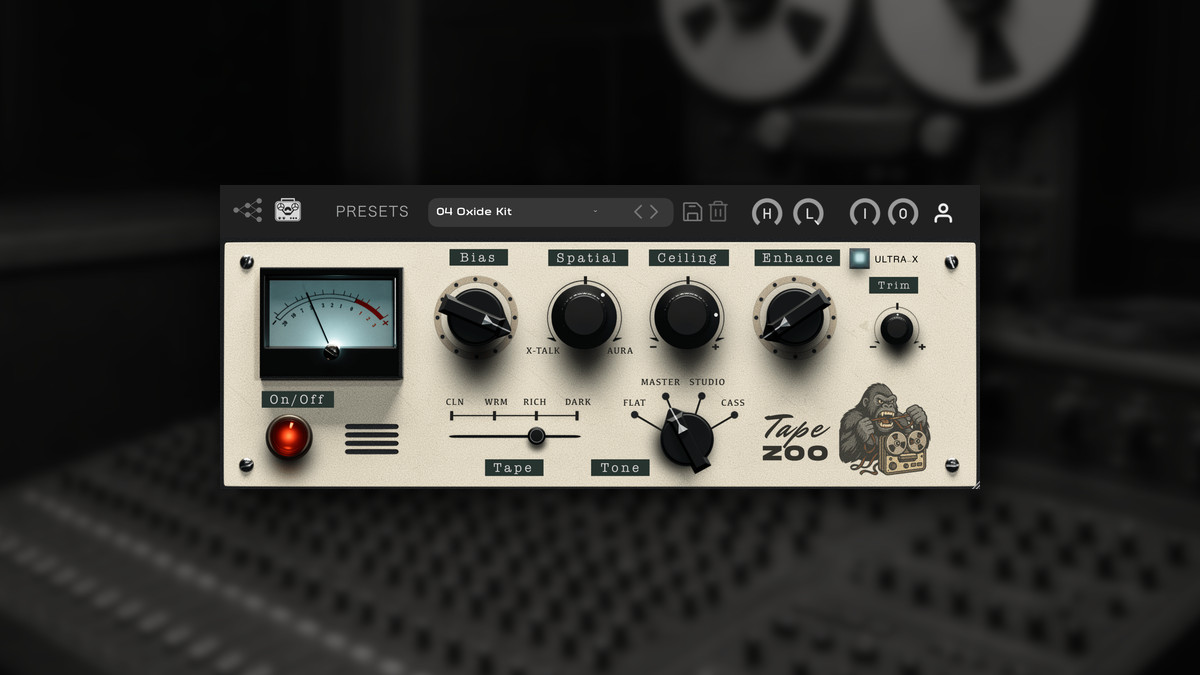Audified Release MixChecker ULTRA
Audified have released MixChecker ULTRA, the ultimate evolution of the referencing tool, available for $149.00. MixChecker Pro users can upgrade for only $39.00. With over 90 simulated pro-audio and consumer devices, a dashing new graphic style, and a practical analytical part, MixChecker Ultra is the next step of evolution in checking your reference mixes. Choose…
The post Audified Release MixChecker ULTRA appeared first on The Beat Community.
https://thebeatcommunity.com/
Audified have released MixChecker ULTRA, the ultimate evolution of the referencing tool, available for $149.00. MixChecker Pro users can upgrade for only $39.00.
With over 90 simulated pro-audio and consumer devices, a dashing new graphic style, and a practical analytical part, MixChecker Ultra is the next step of evolution in checking your reference mixes.
Choose from 90+ device simulations of the most famous and popular audio devices. Includes up-to-date consumer devices such as laptops, phones, or earbuds. Try the sound profile of the industry-standard studio monitors and headphones. Check how your mix translates in cars, club PAs’, or small Bluetooth speakers. You also have the ability to check your mixes in real-world noisy environments such as subways, noisy streets, shopping malls, and others.
With MixChecker Ultra, you can import your custom Impulse Response. You can check how your mix would sound in popular acoustic spaces, your friend’s studio, or even a cathedral. (Supports standard WAV IR files)
To understand better how your mix translates on the devices, easily adjust the settings of each device. Adjust the volume of each device independently or set the simulation stereo base to match the real-world conditions better. Our engine also considers the non-linear behavior of the devices and simulates their distortion and clipping. You can easily turn on the distortion and see if your mix would clip or distort on the selected devices.
To take the quality of your mix even further, you need to analyze it. MixChecker Ultra features an analytical part where you can quickly check the basic parameters of your track. Includes a Loudness Meter, Dynamics Meter, Spectral Analysis, Stereo Analysis, and Gonio Meter. You can compare the analysis values with a reference track with the included Player module.
Each module can be selected independently from the selection window. You can also expand each module to a bigger window to see more details on the analysis.
Check how loud your track is and easily see whether you are going over an adjustable threshold. The loudness module includes presets for the most popular streaming services that set the threshold to their level and help you see whether your track would fit their criteria .
Check the dynamic range of your track to quickly see the difference between the loudest and the quietest parts. (Displaying the PSR (peak to short-term loudness ratio) – the difference between the short-term loudness and the maximum true peak value measured in windows of three seconds.)
Quickly see the frequency spectral analysis of your track and compare it to the reference track. This gives you a quick overview of which frequencies you need to focus on to improve your track.
Discover the stereo image of your track and compare how balanced your mix is. With this module, you can also easily identify errors in your track, such as a signal that is inverted, fully mono, or slightly angled towards one side.
Find out how occupied the frequencies of your mix are in the stereo field. You can then identify whether some crucial frequencies are only present on one side of the spectrum.
The Player is a core module of MixChecker Ultra. You can import a reference track you like and quickly compare your track with the reference in each module. This speeds up your workflow and helps you identify areas to improve your mix. (Supports WAV and MP3 formats).
Additional features include:
- Presets – Choose from premade presets, or create your own. Each preset saves the 10 devices shown in the main window and the selection and position of modules.
- Input and Output – Optimise the input and output signal values for the best result. Includes helpful VU meters on each side.
- Interactive tutorial included in the product – If at any point in your workflow, you get lost or forget about an exact function of a feature, you can open the tutorial from the Menu. The tutorial will walk you through the most important features and controls and will explain everything you need to know.
- The legacy of MixChecker – MixChecker was first introduced in 2015, and the idea came from the big music and TV studios, where the need to reference your mixes on different devices to save time was life-changing. MixChecker was part of the Audified portfolio for years, and sold over 15 000 copies worldwide.
The big brother, MixChecker Pro, came from Audified expanding on the idea and pushing it further. Introduced in 2017, it added 50+ new devices, additional features, saveable presets, and many others. Since its introduction, it sold more than 20 000 copies worldwide and helps users take their referencing game further every day. This was, is, and will be a staple in the Audified portfolio for many years to come.
And now, MixChecker Ultra is the next step in the evolution of the reference tool game. Driven by feedback and the desire to cover more of your needs in one product, Audified have overhauled and improved everything about the Pro version and then some. With new, up-to-date devices, a new GUI, an improved workflow, and a whole new analytical section, MixChecker Ultra is on the way to becoming the ultimate mastering suite. Many more updates and versions of MixChecker Ultra are also coming later.
For more information on MixChecker ULTRA, click here:
NOTE: Some of the links you click on may be affiliated. Clicking and purchasing using these links helps support and fund The Beat Community. Thanks for your support.
The post Audified Release MixChecker ULTRA appeared first on The Beat Community.
This is a syndicated post. To read more, click the source link above.





